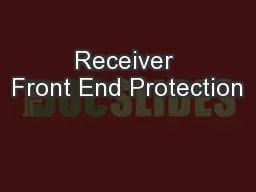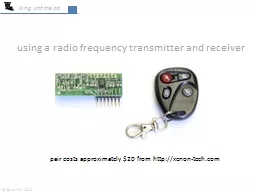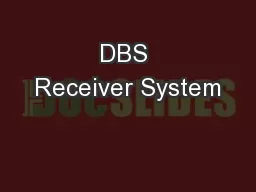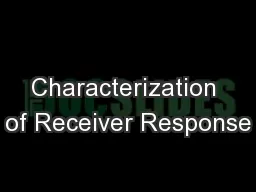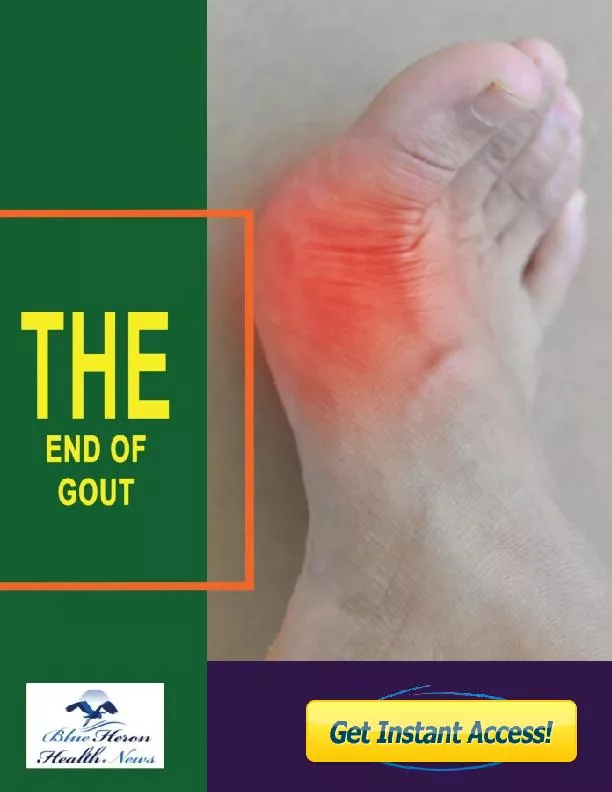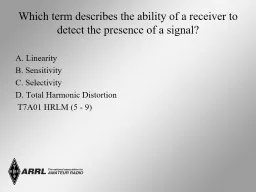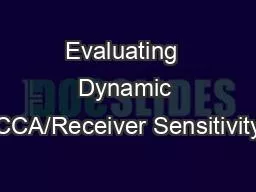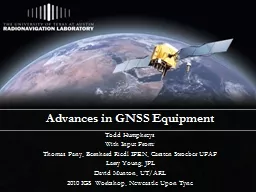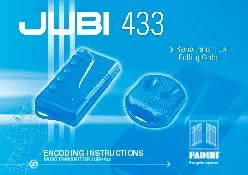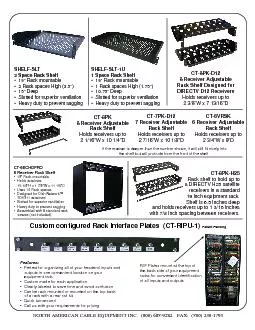PPT-Receiver Front End Protection
Author : pasty-toler | Published Date : 2018-09-22
Bill Leonard N0CU 7 April 2018 Topics What damages receiver front ends Common types of receiver front end protectors Example homebrew protector What Damages Receiver
Presentation Embed Code
Download Presentation
Download Presentation The PPT/PDF document "Receiver Front End Protection" is the property of its rightful owner. Permission is granted to download and print the materials on this website for personal, non-commercial use only, and to display it on your personal computer provided you do not modify the materials and that you retain all copyright notices contained in the materials. By downloading content from our website, you accept the terms of this agreement.
Receiver Front End Protection: Transcript
Download Rules Of Document
"Receiver Front End Protection"The content belongs to its owner. You may download and print it for personal use, without modification, and keep all copyright notices. By downloading, you agree to these terms.
Related Documents

